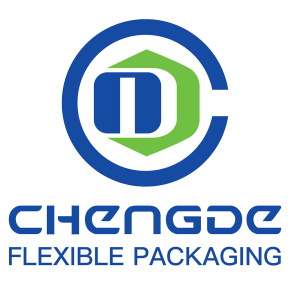Understanding High Barrier Flexible Packaging: Essential Insights for Professionals
Release time:
2025-04-20
High barrier flexible packaging is specifically designed to provide superior protection against external factors such as moisture, oxygen, light, and contaminants. This type of packaging is particularly relevant for products that require extended shelf life or sensitive contents that are prone to degradation. The materials used in high barrier flexible packaging often include a combination of poly
High barrier flexible packaging is specifically designed to provide superior protection against external factors such as moisture, oxygen, light, and contaminants. This type of packaging is particularly relevant for products that require extended shelf life or sensitive contents that are prone to degradation. The materials used in high barrier flexible packaging often include a combination of polymers and metallized films, which together create a formidable barrier against environmental elements.
One of the primary advantages of high barrier flexible packaging is its ability to extend the shelf life of food products. For example, snacks, dried fruits, and other perishable items benefit significantly from this type of packaging, as it helps to maintain freshness and flavor while preventing spoilage. This not only enhances consumer satisfaction but also reduces food waste, a growing concern in today's environmentally conscious market.
In addition to food, high barrier flexible packaging is also widely used in the pharmaceutical and cosmetic industries. Medications and skincare products often require stringent protection against oxidation and moisture, making high barrier packaging an ideal choice. This ensures that the efficacy of the products is maintained throughout their intended shelf life, providing consumers with peace of mind regarding their health and beauty choices.
Another critical aspect of high barrier flexible packaging is its lightweight nature compared to traditional rigid packaging. This results in lower transportation costs and reduced carbon footprint, aligning with sustainability goals that many companies are striving to achieve. Additionally, the flexibility of this type of packaging allows for creative design possibilities, enabling brands to differentiate themselves in a competitive market.
As e-commerce continues to thrive, the demand for high barrier flexible packaging is expected to rise. Online retailers often require packaging solutions that protect products during shipping while also being visually appealing to consumers. High barrier flexible packaging meets these requirements, providing both functionality and aesthetic appeal.
In conclusion, high barrier flexible packaging plays an essential role in various industries by enhancing product protection, extending shelf life, and reducing waste. As professionals in the packaging and printing sectors, understanding the benefits and applications of this innovative packaging solution can help you make informed decisions to meet the evolving needs of consumers and markets. By leveraging the advantages of high barrier flexible packaging, companies can not only improve product integrity but also contribute to sustainable practices within the industry.
Related News

